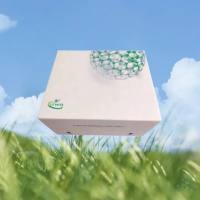Gene Mutation Assays in Mammalian Cells
互联网
540
Gene mutation assays in cultured mammalian cells may be used to give a measure of the response of the mammalian genome to
potential mutagens, and yet they are rapid and simple to carry out when compared to the use of whole mammals. Many mammalian
cell gene mutation assays are available, but only four cell lines and three genetic loci are well validated and widely used
(1
). These are V79 and CHO Chinese hamster cells, human lymphoblastoid TK6 and mouse lymphoma L5178Y cells, and the following
genetic loci: hprt
, tk
, and the cell membrane Na+
/K+
ATPase. The use of cells in suspension culture is advantageous because cell numbers are not restricted by problems of metabolic
cooperation between cells. Therefore the mouse lymphoma L5178Y systems are preferable. The tk
and hprt
loci are perhaps the most commonly used. The mutation systems work by placing treated cells under selective pressure so that
only mutant cells are able to survive. For example, resistance to 6-thioguanine (6TG) results from lack of hypoxanthine phosphoribosyl
transferase (HPRT) activity and resistance to 5-trifluorothymidine (TFT) from lack of thymidine kinase (TK) activity. Thus,
the mutants (HPRT-
or TK-
) do not incorporate the toxic analogs 6TG or TFT and survive in their presence.









